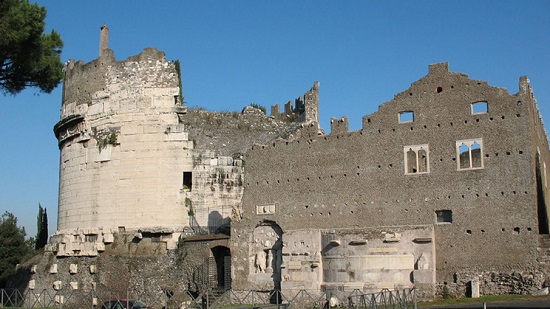 Thursday, May 2, 2024
Thursday, May 2, 2024  Thursday, May 2, 2024
Thursday, May 2, 2024 
A new study from the Massachusetts Institute of Technology (MIT) about a 2,050-year-old Roman tomb has uncovered some interesting information about the nature of Roman-era concrete. Despite being a very ancient technology, the durability of this material has long stumped experts, until now.
By studying the concrete of some of the existing Roman concrete structures, the team has discovered some interesting findings that may explain why Roman concrete lasts so long. The study was recently published in the Journal of the American Ceramic Society.
In stark contrast, modern concrete tends to crack and crumble after only a few short decades through a process called spalling. But Roman concrete, invented before modern material science, seems to be able to last for centuries without the same problem. Oftentimes, many existing Roman concrete structures are in pretty good condition given their age — a feat that could not be replicated using modern concrete recipes.
The study focussed on the remarkably well-preserved tomb of a Roman noblewoman, The Tomb of Cecilia Metella and Castrum Caetani ruins in Rome. After analyzing the concrete used in minute detail, it appears the secret may well be the use of volcanic aggregate and the interesting way the concrete has reacted to rain and groundwater over the ages.
“Understanding the formation and processes of ancient materials can inform researchers of new ways to create durable, sustainable building materials for the future,” says Admir Masic, associate professor of civil and environmental engineering at MIT. “The tomb of Caecilia Metella is one of the oldest structures still standing, offering insights that can inspire modern construction.”
The tomb is interesting is an of itself and is located on the Appian Way in Rome. A landmark on the Via Appia Antica, the tomb is a rotunda-shaped tower that sits on a square base, in total about 70 feet (21 meters) tall and 100 feet (29 meters) in diameter.
Keep reading on InterestingEngineering.com